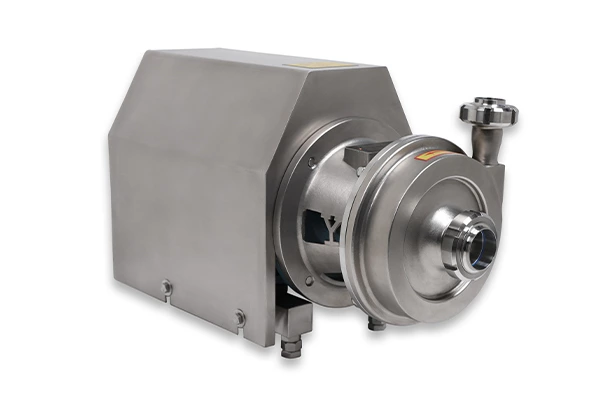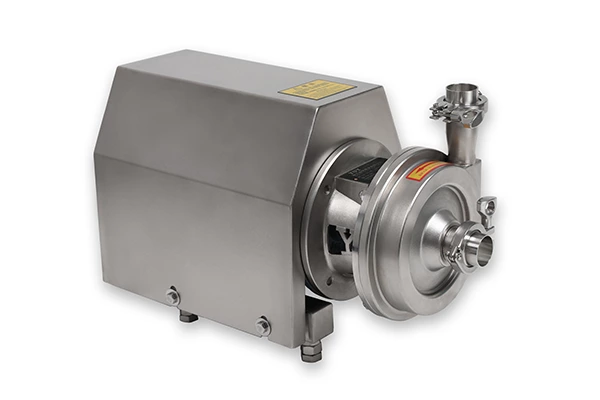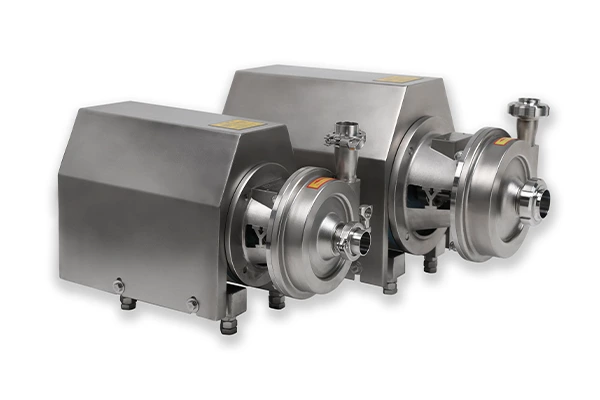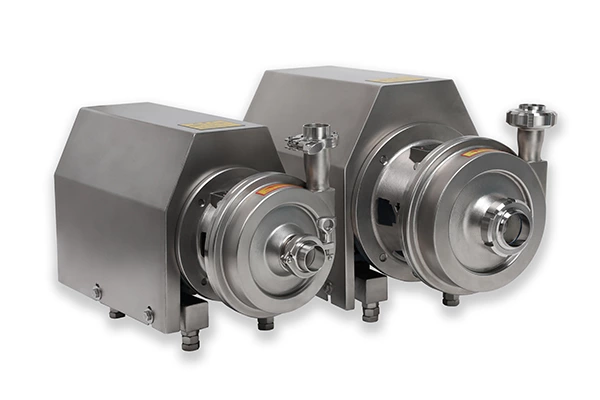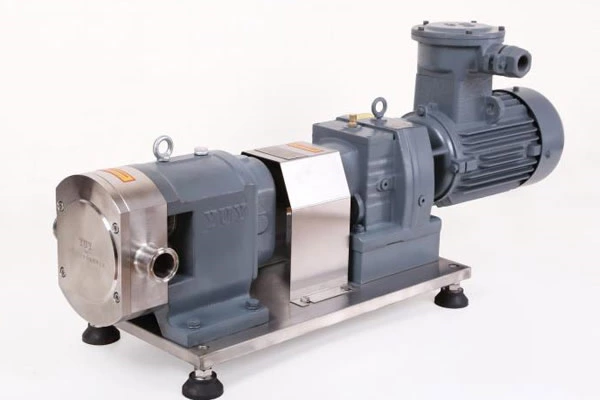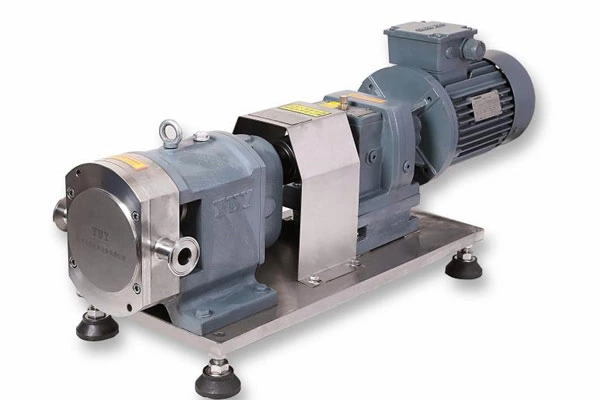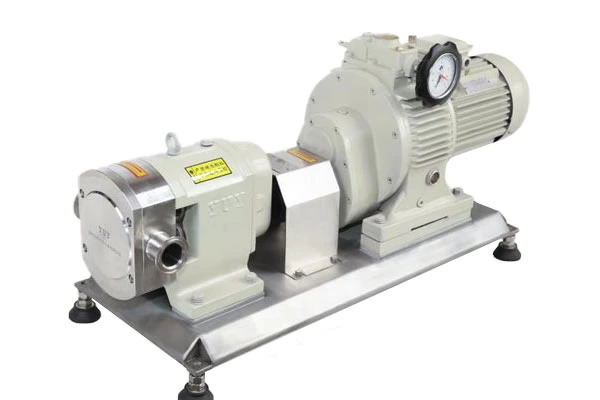Methods For Improving The Self-priming Ability Of Sanitary Centrifugal Pumps
Sanitary Centrifugal Pump is suitable for the discharge of seriously polluted wastewater from factories and commerce, sewage discharge stations in main residential areas, water distribution systems of urban sewage treatment plants, drainage stations of civil air defense systems, water supply equipment of water plants, sewage discharge from hospitals and hotels, municipal engineering construction sites, supporting equipment of mines, rural biogas pools, farmland irrigation and other industries, conveying sewage and dirt with particles, and can also be used for clean water and weakly corrosive media.
Working principle of sanitary centrifugal pump: There is a liquid storage chamber in the pump body, which is connected to the pump working chamber through the upper reflux hole and the lower circulation hole, forming an axial flow-adding external mixing system of the pump. After the pump stops working, a certain volume of liquid has been stored in the pump cavity. When the pump starts, the liquid stored in the relevant authorities is thrown upward with air under the action of the impeller, and the liquid flows back to the working chamber through the grid of the gas-liquid separation tube, and the gas is discharged out of the pump, so that a certain vacuum is formed in the pump to achieve the effect of self-priming.
Methods for improving the self-priming ability of sanitary centrifugal pumps:
The first method is also the simplest method: a vacuum pump is set on the water suction pipe of the water pump for the self-priming sewage pump. Before the water pump is started, the vacuum pump is started first, so that the water suction pipe of the water pump is filled with water first, ensuring that the water pump starts automatically and quickly. This water suction method requires a complete automatic control system to ensure normal operation.
The second method is also relatively simple compared to the following methods: non-clogging sewage pumps reduce the bends, drop height and horizontal intervals of the water inlet pipe.
The third method is a bit troublesome, but it is also very useful: a non-clogging sewage pump is set up with a pre-pump suction tank. This method requires a suction tank to be set on the water pump suction pipe. Before the first operation of the water pump, the tank should be filled with water manually. After the first operation is stopped, since the height of the water inlet pipe of the suction tank is higher than the water level in the pipe, even if the water level in the pool is lower than the water level in the tank, the water in the tank will not flow back into the pool.
Therefore, a certain amount of water can be stored in the suction tank. Since the height of the outlet pipe of the suction tank (i.e. the suction pipe of the water pump) is lower than the water level in the pipe, the suction pipe of the water pump can be filled with water. When the water pump is running again, the water in the water tank is pumped away by the water pump, and negative pressure appears in the tank. The water in the pool is added to the suction tank under the action of atmospheric pressure, and the water in the pool is passed through the suction tank.
The last method is to install a suction bottom valve at the end of the suction pipe of the self-priming sewage pump. The suction bottom valve is actually a check valve, which ensures that the water flow can only enter the suction pipe from the pool and cannot flow back. Therefore, if the suction pipe is full of water, although the elevation of the pump axis is higher than the working water level of the pool, due to the effect of the suction bottom valve, the water in the suction pipe will not flow into the pool, so that the suction pipe is always full of water, ensuring that the pump can start automatically and quickly.




